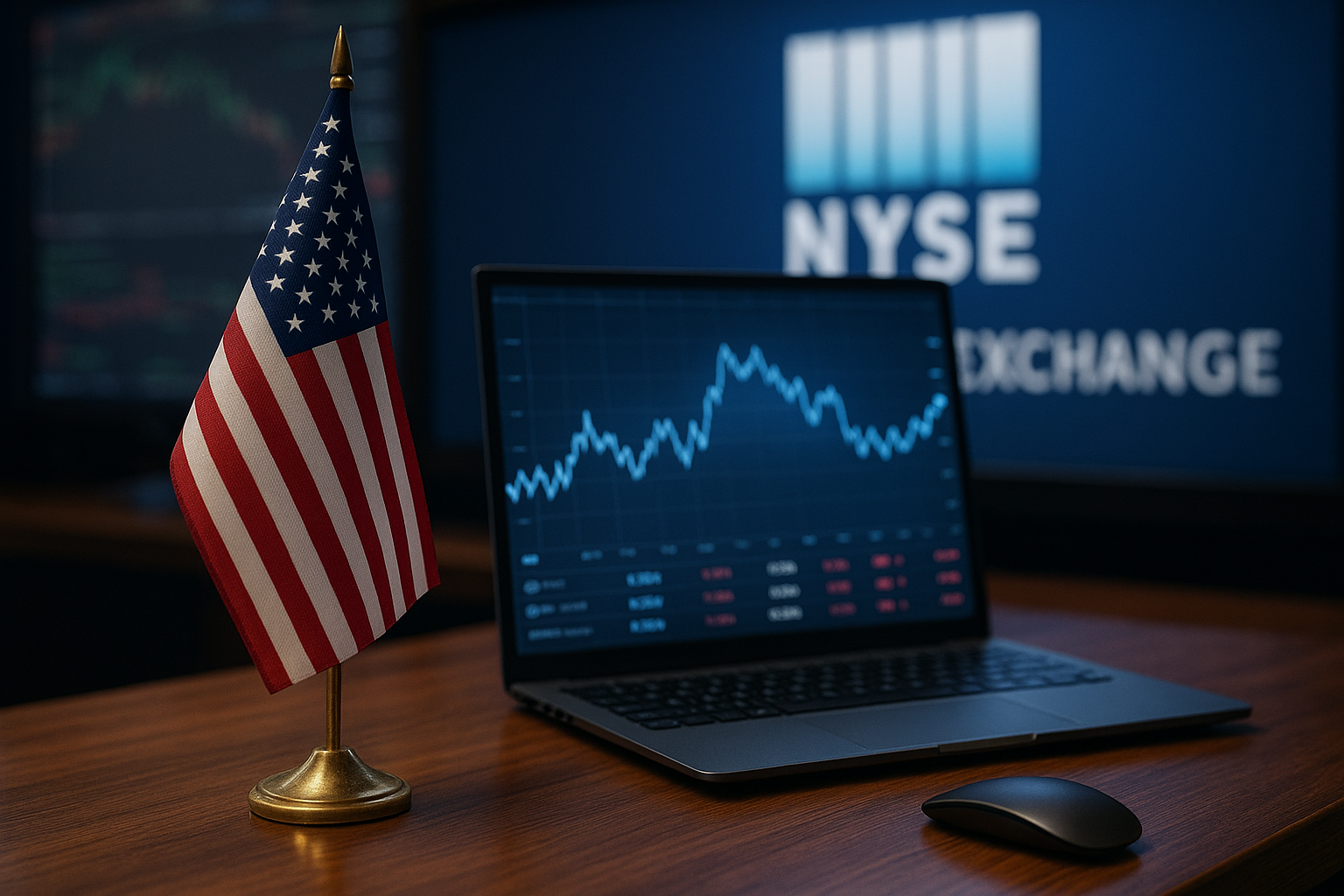As Wall Street enters the back half of 2025, a powerful force is quietly building beneath the surface: retail investor momentum. According to a new projection from JPMorgan, retail investors are poised to inject an additional $360 billion into U.S. stocks over the remainder of the year—bringing total 2025 inflows to an eye-popping $630 billion.
The bank estimates this wave of capital could add as much as 5% to 10% upside to major equity indices before year-end. In a market grappling with policy uncertainty, tech valuations, and geopolitical volatility, the scale of retail participation is emerging as a stabilizing and potentially driving force—one that institutional investors can no longer afford to overlook.
Retail Resurgence: What the Data Shows
The report, first cited by Business Insider and MarketWatch, reflects a sharp rebound in retail sentiment after a cautious start to the year. Analysts at JPMorgan cite a combination of cooling inflation, strong consumer balance sheets, and easy-to-access trading platforms as catalysts driving the renewed wave of individual investor activity.
Much of the capital inflow has centered around broad-market ETFs such as the SPDR S&P 500 ETF Trust (SPY) and Invesco QQQ Trust (QQQ), while thematic plays in AI, biotech, and defense have also gained retail attention.
Perhaps most significantly, the report suggests that this wave is not purely speculative. “Retail investors are increasingly sophisticated,” JPMorgan’s team notes. “Their allocations are broader, more index-oriented, and less reactive to short-term headlines than in prior cycles.”
Why This Matters for Investors
The scale of retail buying power now rivals institutional flows. According to VandaTrack, the daily average retail inflow into U.S. equities in 2025 stands at roughly $1.7 billion, with spikes over $3 billion during earnings and macro events. Retail now accounts for up to 23% of total U.S. equity trading volume, a level not seen since the 2021 meme-stock frenzy—only this time, it’s more diversified and less volatile.
The implication for portfolio managers and individual investors alike is clear: retail participation is shaping price discovery. Stocks favored by retail investors—such as Apple (AAPL), Nvidia (NVDA), Tesla (TSLA), and Palantir (PLTR)—tend to exhibit higher resilience during drawdowns and stronger momentum during rallies.
Moreover, this flow dynamic means pullbacks may be more short-lived as sideline cash gets deployed opportunistically. Market dips are now more likely to attract immediate buying interest—especially in passive vehicles—providing a buffer against broader corrections.
Future Trends to Watch
- Seasonal Tailwinds + Liquidity
The second half of the year typically sees stronger equity performance. Add to that the upcoming holiday season consumer spending, and Q4 earnings optimism may further amplify retail momentum. - ETF-Dominated Participation
Expect continued strength in passive products, especially those tracking tech-heavy indices or dividend-paying sectors. Watch for inflows into funds like Vanguard Total Stock Market ETF (VTI) and iShares Russell 2000 ETF (IWM) as retail diversification broadens. - Mobile Broker-Driven Demand
With platforms like Robinhood, SoFi, and Public offering fractional shares and instant access to earnings reports and analyst content, expect retail execution to remain fast-moving and sentiment-sensitive. - Options Activity
The report also flags a continued uptick in short-dated call option volume, indicating retail traders remain active in positioning for short-term market moves—especially around key data drops and Fed meetings.
Key Investment Insight
Retail flows are no longer a speculative anomaly—they are a persistent, structural force in U.S. equity markets. Investors should consider aligning with this trend by:
- Holding broad index ETFs to mirror flow-driven upside.
- Identifying high retail sentiment names using tools like social media trend trackers and ETF composition analysis.
- Maintaining liquidity for tactical positioning during pullbacks, as inflow-driven rebounds may happen faster than in past cycles.
Consider also pairing exposure with volatility hedges, particularly ahead of election-related uncertainty or rate surprises.
With retail investors now steering hundreds of billions into equities, the balance of market power continues to evolve. Whether you’re a seasoned institutional allocator or a private investor tracking momentum, following the flow of retail capital could be the key to staying ahead in this market.
Get daily actionable insights on what’s moving markets—only at MoneyNews.Today, your edge in the evolving world of smart investing.





